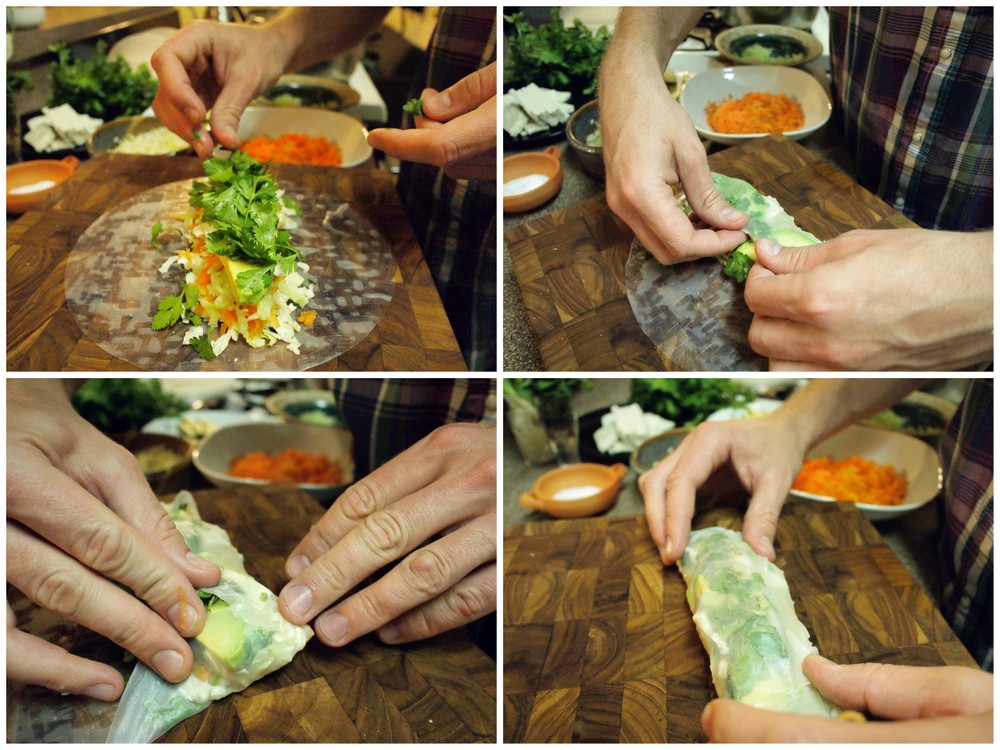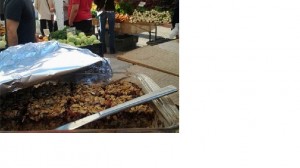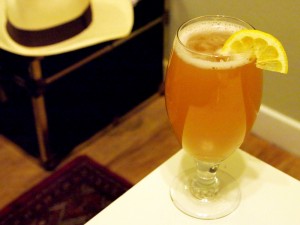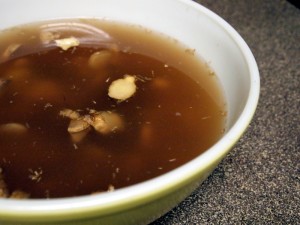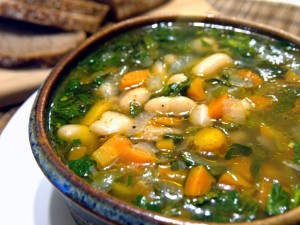These spring rolls are filled with lots of fresh vegetables and herbs. Feel free to substitute other seasonal veggies or herbs to put your own spin on this recipe. As always, use fresh ingredients for the best flavors!
Ingredients
- 6 – 8 spring roll wrappers
- 2 cups shredded cabbage (we prefer Savoy cabbage)
- 2 medium carrots, shredded
- 1 large cucumber, shredded or cut into matchsticks
- 4 ounces firm tofu
- 1 large avocado, peeled, cut in half, and thinly sliced
- Fresh cilantro
- Fresh mint
- Salt
- Peanut Dipping Sauce to accompany
Preparation
Beautiful teak cutting board courtesy Proteak at the Barton Creek Farmers Market in Austin, TX.
- Submerge a spring roll wrapper in warm water until it is pliable, about 20 seconds.
- Lay the wrapper on a flat surface, then layer cabbage, carrots, cucumber, tofu, avocado, cilantro leaves, and a few small pieces of mint along the center of the wrapper. Sprinkle on a little salt if desired.
- Now roll it all up – Start by folding one side of the wrapper over the filling, fold the short edges over, and finally, fold the last side over the top of the whole roll (see photo for visuals on this process). This will probably take some trial and error, so don’t give up!
